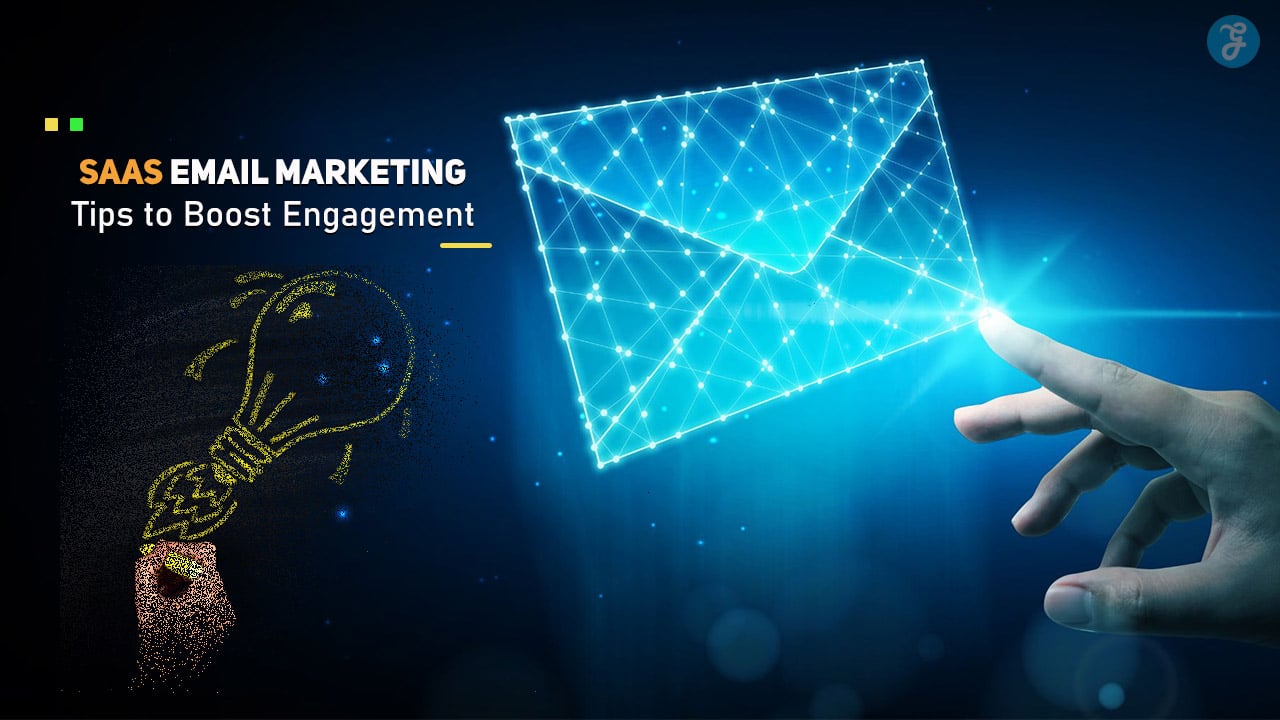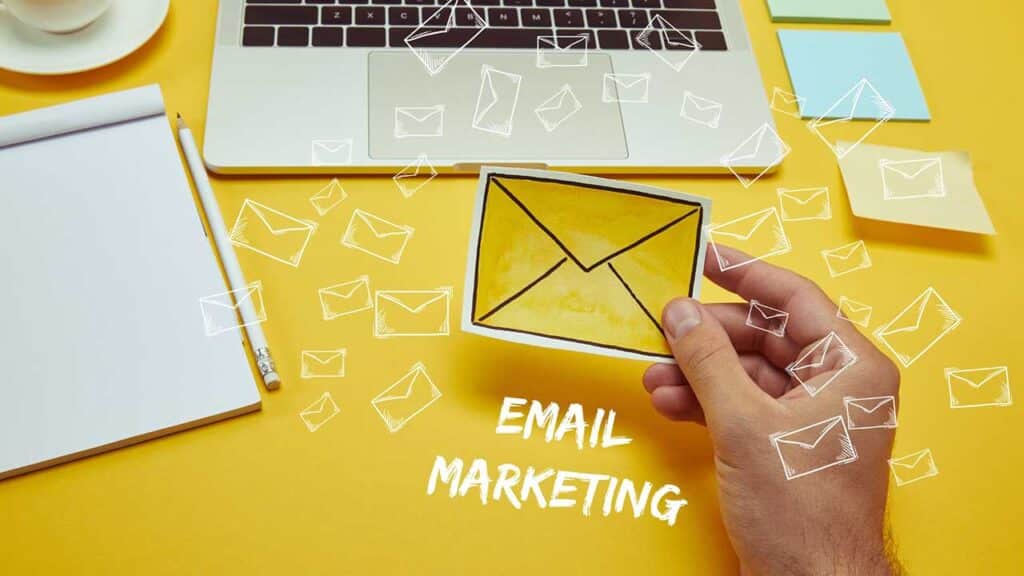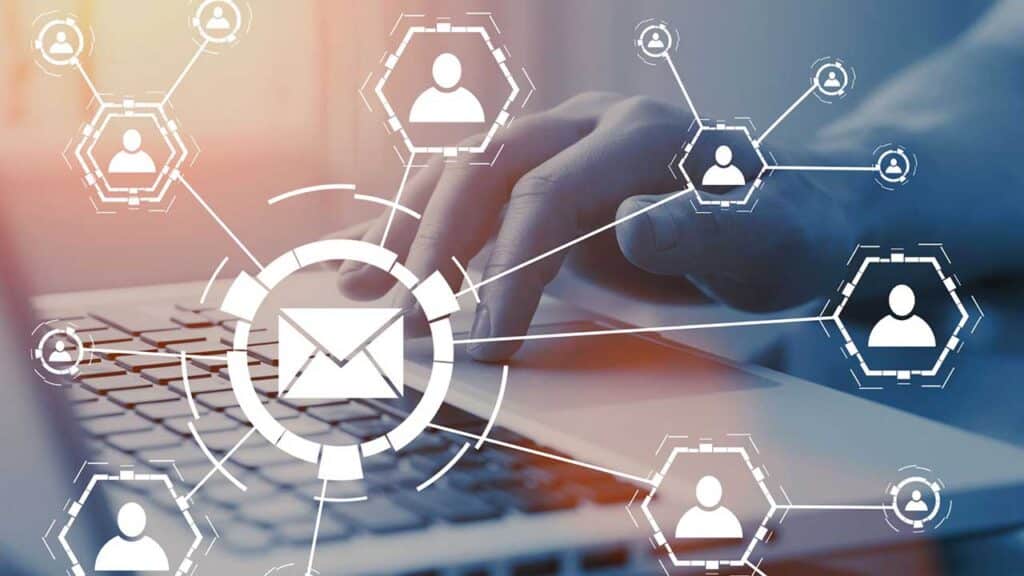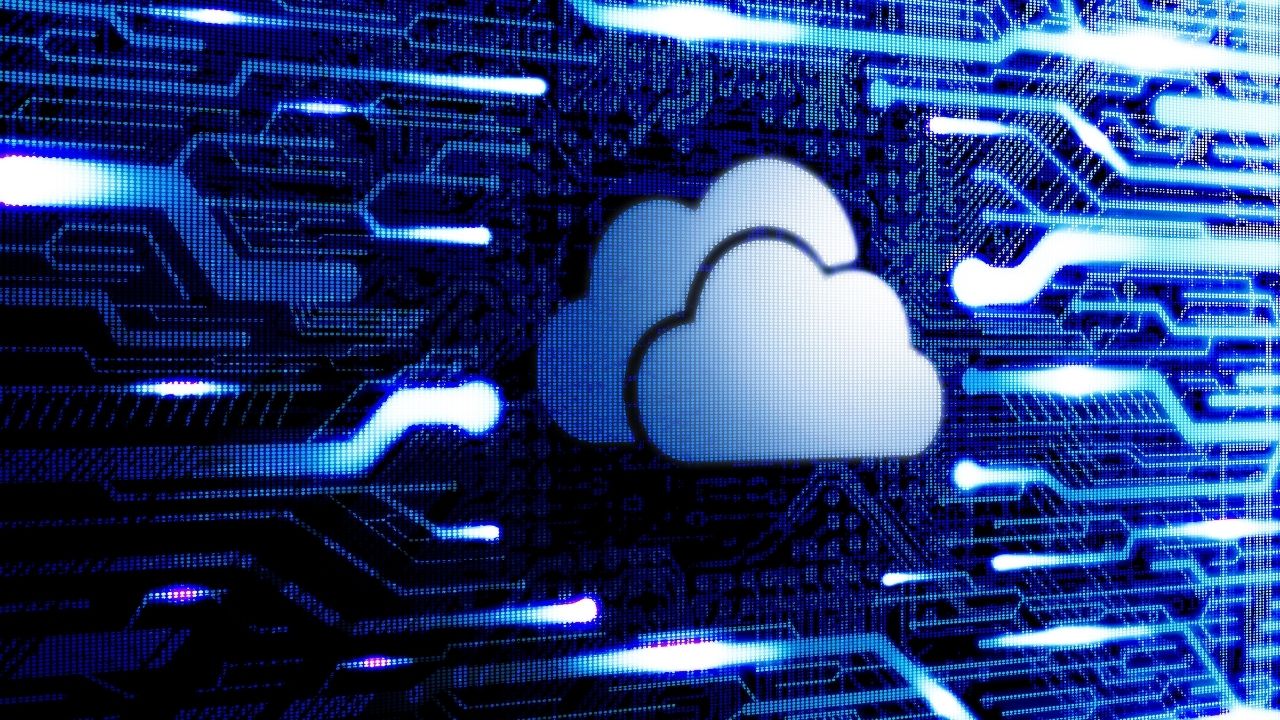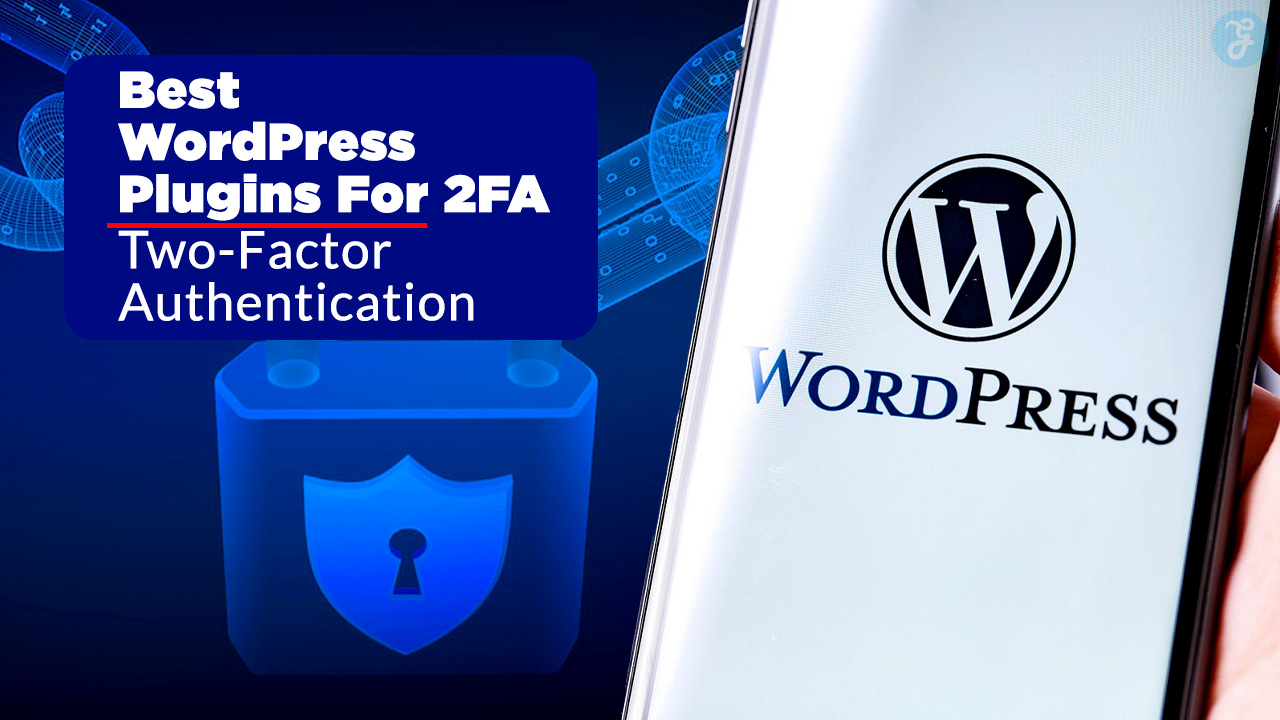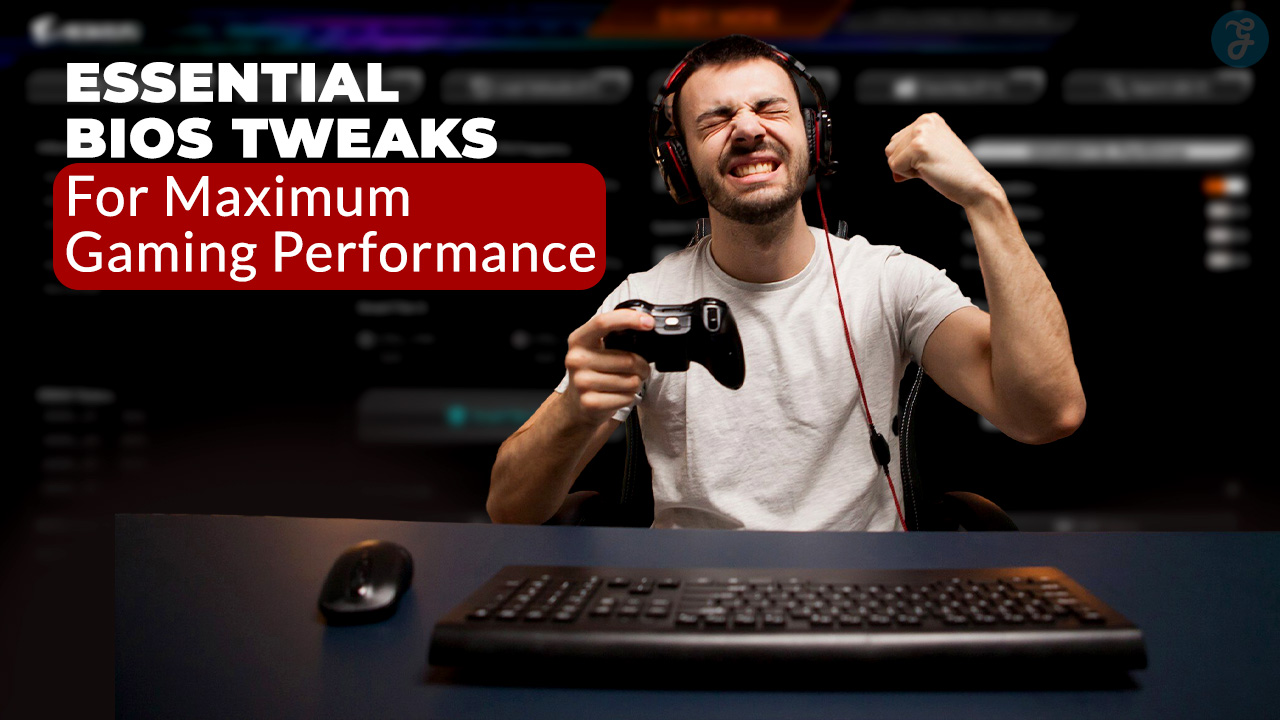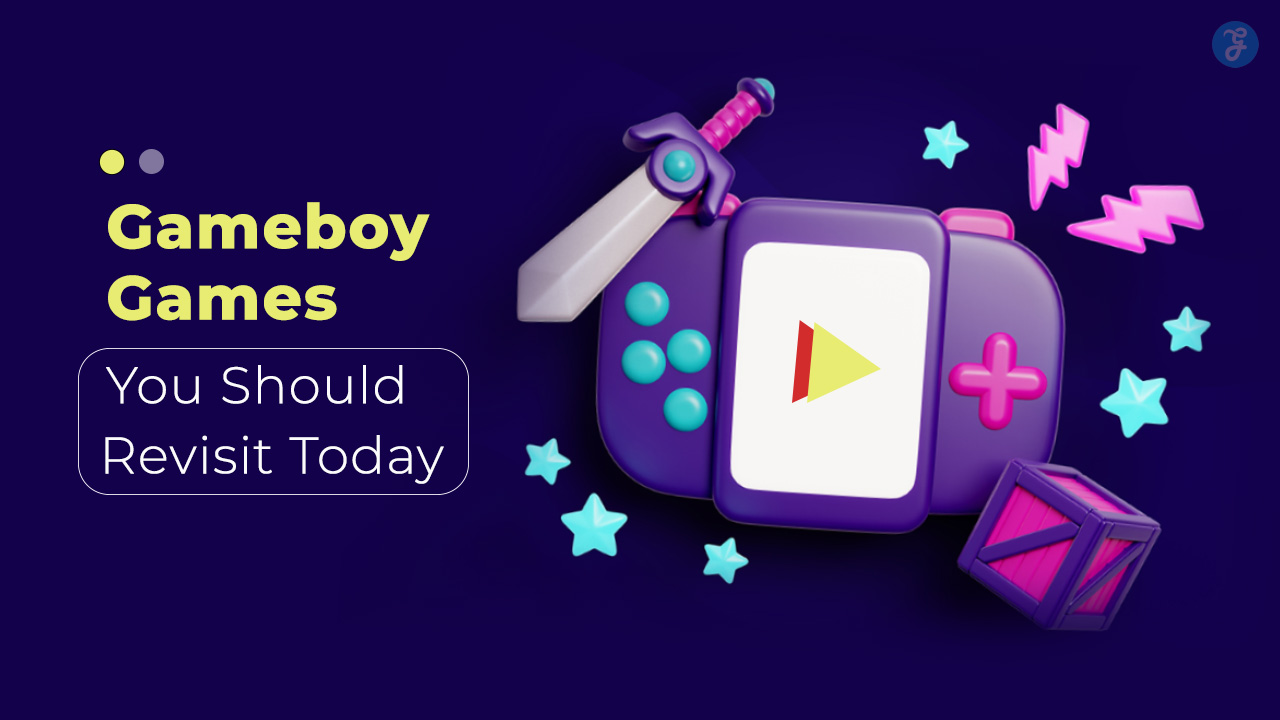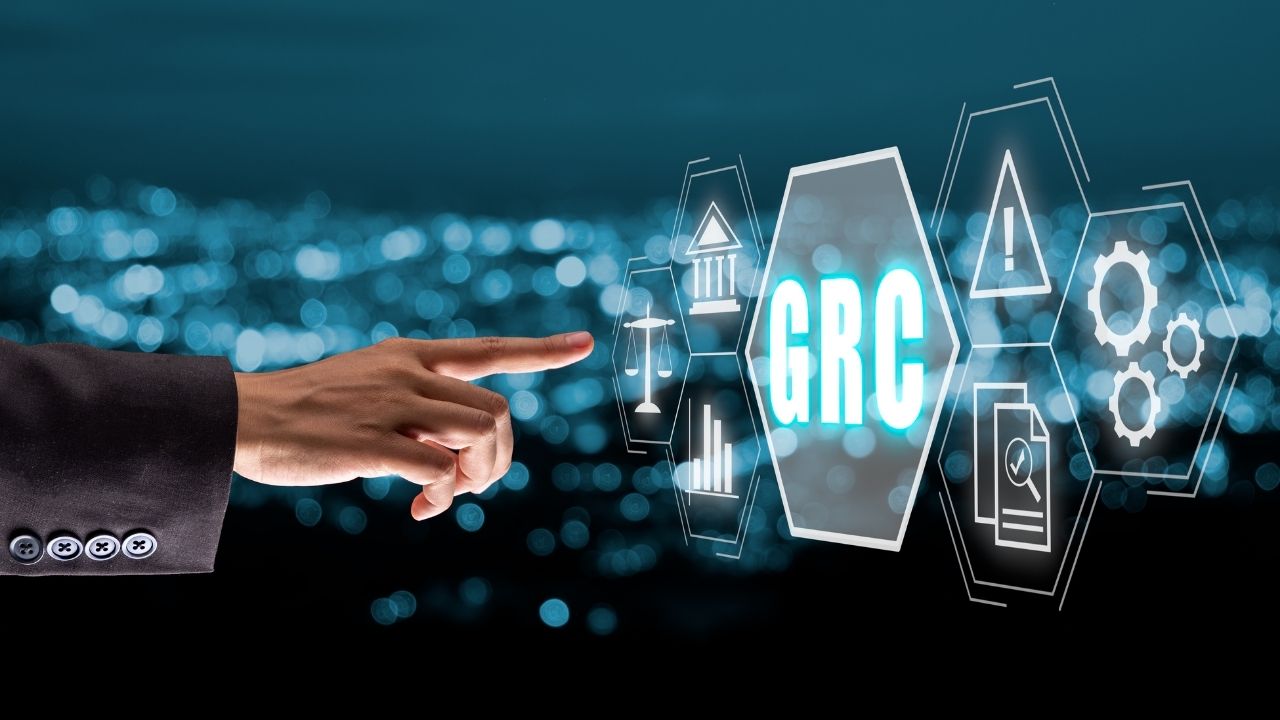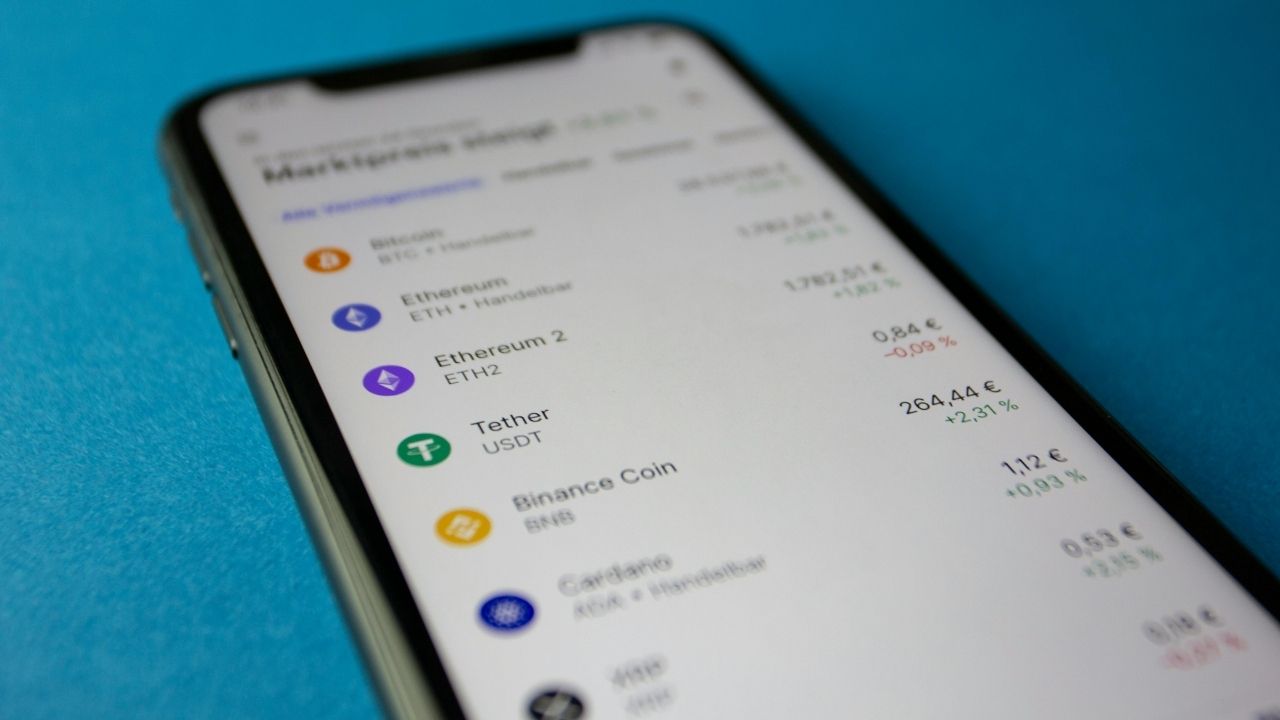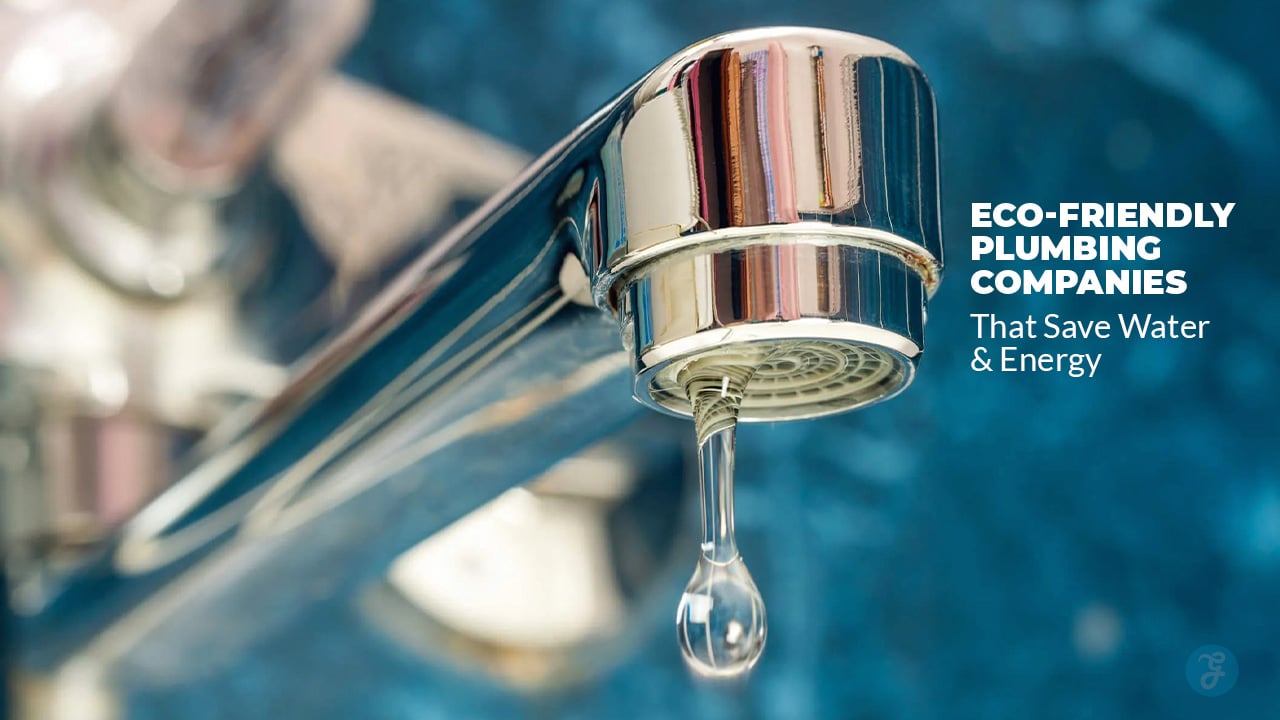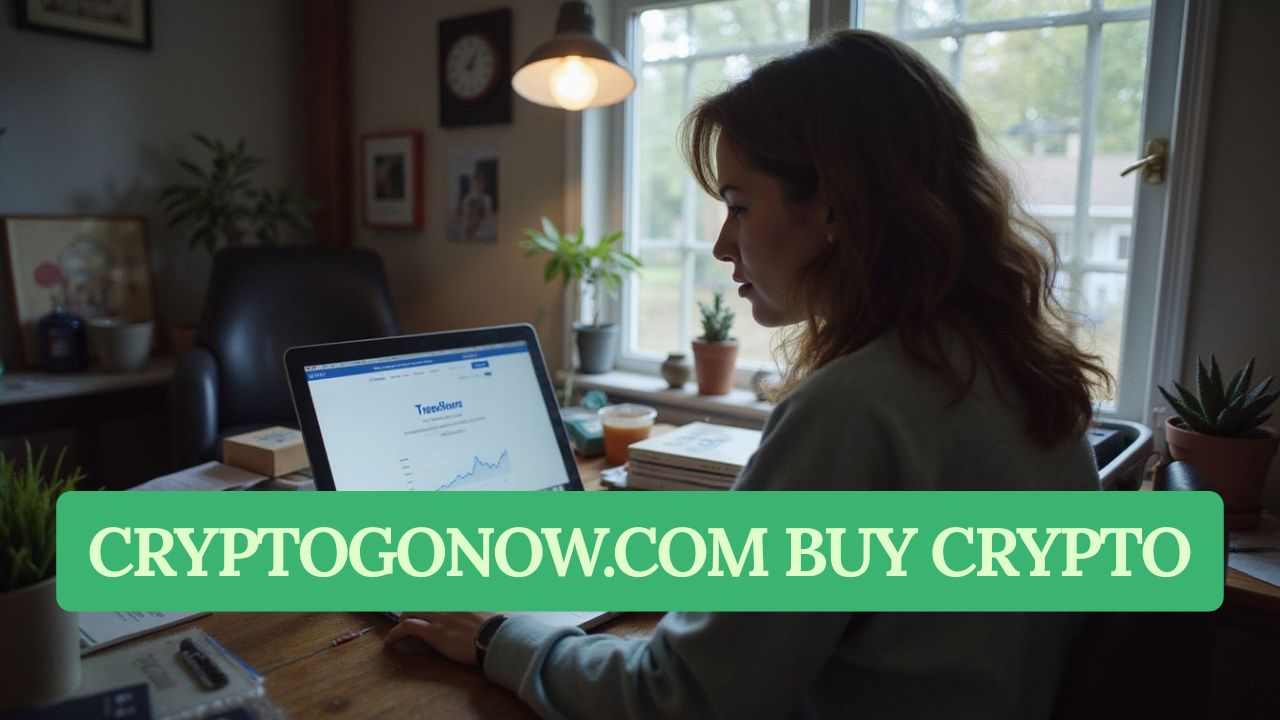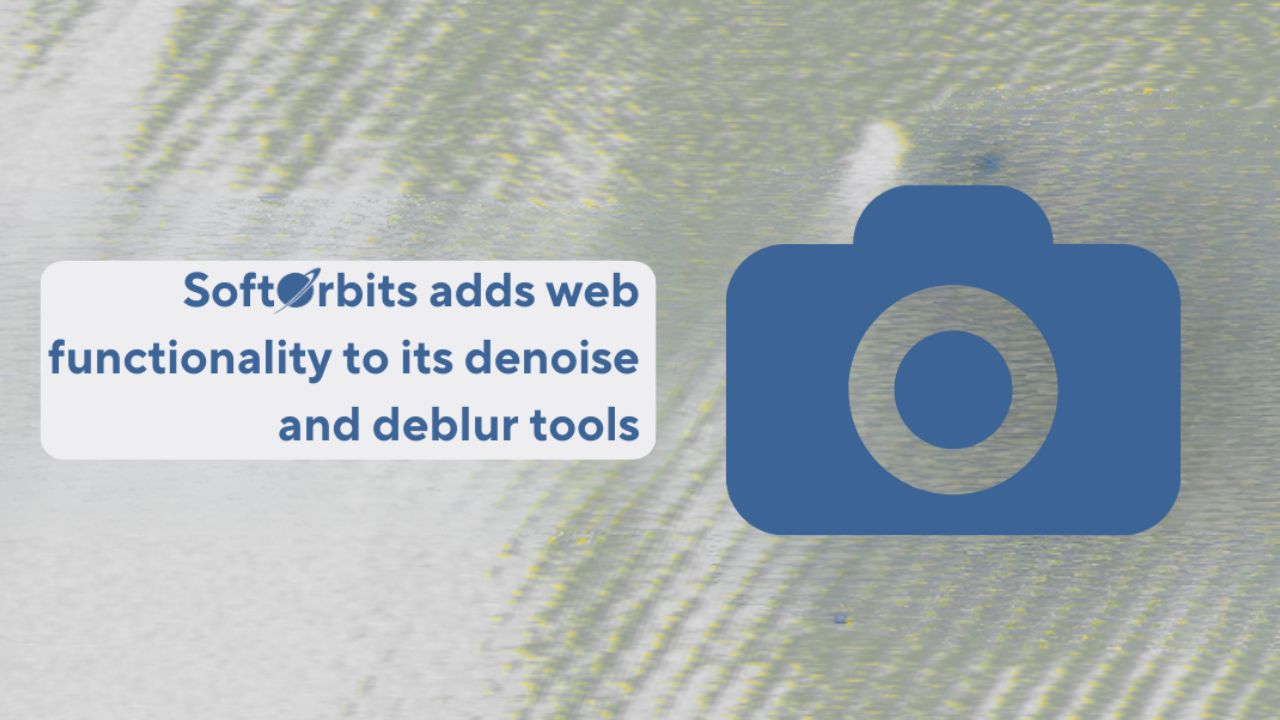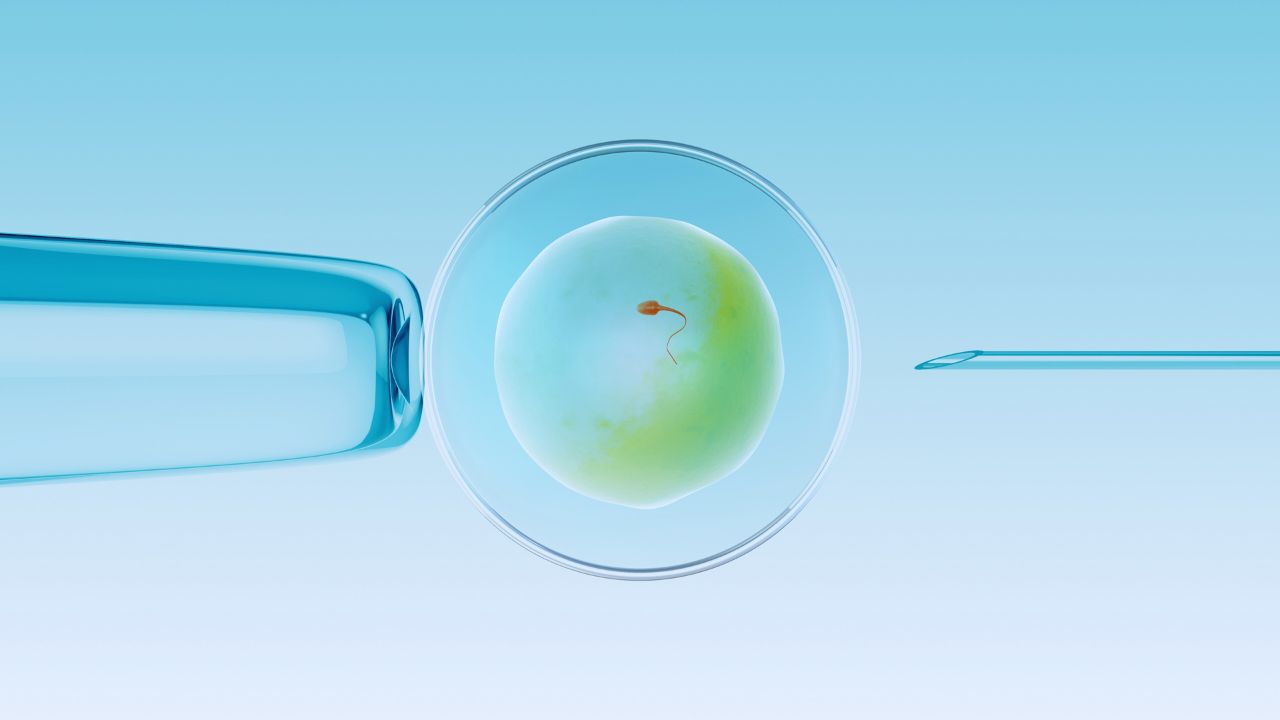Email marketing continues to dominate as one of the most effective ways to engage customers and drive results for Software-as-a-Service (SaaS) companies.
While social media and paid ads offer their advantages, email marketing enables direct, personalized communication that helps build long-term relationships with potential and existing customers.
However, crafting successful email campaigns isn’t as simple as hitting the “send” button. It requires strategy, consistency, and a deep understanding of your audience.
Whether you’re trying to increase trial signups, convert free users into paying customers, or retain long-term subscribers, email marketing is a tool you cannot ignore.
Let’s dive into 16 SaaS email marketing tips that will help you boost engagement and achieve measurable results. These insights will guide you in building email campaigns that capture attention, resonate with your audience, and convert leads into loyal users.
1. Personalize Your Emails
Email personalization is more than just inserting a first name into the subject line. It involves tailoring every aspect of your message to meet the unique needs and preferences of your recipients. Personalized emails generate higher open rates, click-through rates, and overall engagement.
How to Personalize Effectively:
- Dynamic Fields: Use your email marketing software to personalize greetings, product recommendations, and offers.
- Behavior-Based Targeting: Tailor your emails based on user actions, like signups, downloads, or recent logins.
- Audience Segmentation: Divide your email list into segments based on demographics, user roles, or subscription levels.
Pro Tip: Personalization goes beyond names—highlight relevant use cases or suggest features based on customer behavior. For example, suggest analytics tools to a data-driven customer while promoting collaboration tools to team-oriented users.
2. Craft Compelling Subject Lines
Subject lines determine whether your email gets opened or ignored. In a crowded inbox, a well-crafted subject line can make all the difference.
Best Practices:
- Keep It Concise: Aim for subject lines under 50 characters to ensure they display well on mobile devices.
- Incorporate Numbers: Use numbers or statistics to grab attention, e.g., “5 Tips to Optimize Your Workflow Today.”
- Add Personal Touch: Phrases like “Just for You” or referencing the recipient’s industry can pique interest.
- Test Variations: A/B testing can reveal what types of subject lines resonate most with your audience.
Pro Tip: Include curiosity-driven phrases, such as “See What You’re Missing” or “This One Feature Could Save Hours.”
3. Use Clear and Actionable CTAs
Your call-to-action (CTA) is the gateway to conversions. Whether it’s signing up for a free trial, downloading a resource, or scheduling a demo, your CTA should stand out and clearly convey the next step.
CTA Tips:
- Action-Oriented Text: Use strong verbs like “Try,” “Explore,” or “Discover.”
- Keep It Visible: Use bold buttons or links that contrast with the email design.
- Limit Choices: Focus on one primary CTA per email to avoid overwhelming the recipient.
Example: If you’re Promoting an upgraded plan, your CTA could say, “Upgrade to Pro for More Features.”
4. Automate Email Campaigns
Automation allows you to send the right message to the right person at the right time, without manual intervention. It’s essential for SaaS companies, especially when nurturing leads or onboarding new customers.
Types of Automated Emails:
- Welcome Emails: Triggered when someone signs up for your service.
- Onboarding Series: Help users get started with your platform.
- Re-Engagement Campaigns: Reach out to inactive users to bring them back.
Pro Tip: Use tools like HubSpot, ActiveCampaign, or Mailchimp to set up automation workflows based on user actions.
5. Optimize Emails for Mobile
With over half of all emails opened on mobile devices, mobile optimization is no longer optional. A poorly formatted email can frustrate readers and decrease engagement.
Tips for Mobile-Friendly Emails:
- Responsive Design: Ensure your emails look great on all screen sizes.
- Short Paragraphs: Keep content concise and scannable.
- Clickable CTAs: Use large buttons instead of small links to improve usability.
Example: Include preheader text that complements your subject line, giving mobile users a reason to open your email.
6. Offer Value-Packed Content
Instead of constantly pushing sales, share valuable content that helps your audience solve their problems or learn new skills.
Ideas for Valuable Content:
- Tutorials and How-Tos: Teach subscribers how to use your product effectively.
- Exclusive Industry Insights: Share market trends or research relevant to your audience.
- Tools and Resources: Provide free templates, guides, or calculators.
Pro Tip: Delivering value consistently builds trust and keeps subscribers engaged.
7. Highlight Social Proof
Build Credibility with Real Stories
Trust is a critical factor in converting leads to customers. Highlighting testimonials, case studies, or user statistics can make your SaaS product more appealing.
How to Showcase Social Proof:
- Customer Testimonials: Feature quotes from satisfied customers.
- Case Studies: Provide links to detailed success stories.
- User Milestones: Share stats like “10,000 Users Trust Our Tool.”
Example: “See How [Customer Name] Boosted Team Productivity by 30% with [Your SaaS Product].”
8. Segment Your Email List
Sending the same email to your entire list rarely works. Segmentation allows you to target specific groups with content tailored to their needs.
Segmentation Criteria:
- Industry or Role: Tailor content for marketers, developers, or executives.
- Subscription Plan: Differentiate emails for free vs. paid users.
- Behavior: Segment based on user actions, such as features used or pages visited.
Pro Tip: Use segmentation to send exclusive upgrade offers to power users who are likely to convert.
9. Use Drip Campaigns to Nurture Leads
Drip campaigns allow you to nurture your audience gradually by delivering a series of well-timed, relevant emails. These campaigns keep your SaaS product top-of-mind while educating potential customers on its benefits.
Types of Drip Campaigns:
- Onboarding Emails: Guide new users through the setup process, ensuring they see the value of your product quickly.
- Educational Series: Send a sequence of tips, tutorials, or feature highlights to help users maximize their experience.
- Sales Funnel Campaigns: Move leads through the sales funnel with targeted content that addresses their concerns at each stage.
Pro Tip: Use analytics to monitor engagement with each email in the series and adjust the sequence for better results.
10. Test and Optimize Email Campaigns
Email marketing isn’t a one-size-fits-all approach. Testing various elements of your campaigns helps identify what resonates most with your audience.
Elements to Test:
- Subject Lines: Compare versions with different tones, lengths, or keywords.
- Email Layouts: Test single-column designs against multi-column formats.
- CTAs: Experiment with button placement, colors, and wording.
- Send Times: Find the optimal time of day for your audience to engage.
Pro Tip: A/B testing should be a continuous process to refine your strategy and improve results over time.
11. Focus on Retention with Loyalty Emails
Acquiring new customers is important, but retaining existing ones is often more cost-effective. Loyalty emails can nurture long-term relationships and encourage repeat engagement.
Loyalty Email Strategies:
- Exclusive Offers: Reward loyal customers with discounts or early access to new features.
- Anniversary Emails: Celebrate milestones like subscription anniversaries with personalized messages.
- Feature Updates: Notify users about new functionalities that enhance their experience.
Example: “Congratulations on Your 1-Year Anniversary! Here’s 20% Off Your Next Renewal.”
12. Leverage Behavioral Data
Understanding your users’ behaviors is key to creating relevant email content. Behavioral data allows you to send emails that align with specific actions or needs.
Examples of Behavioral Triggers:
- Trial Expiry Reminders: Notify users when their free trial is about to end, encouraging them to subscribe.
- Feature Recommendations: Suggest features based on the tools users frequently access.
- Inactivity Emails: Re-engage users who haven’t logged in recently with tailored offers or tutorials.
Pro Tip: Use tools like Intercom or Customer.io to set up behavior-based triggers.
13. Include Interactive Elements
Interactive elements capture attention and encourage recipients to engage with your content.
Ideas for Interactive Emails:
- Surveys and Polls: Ask users for feedback to improve your SaaS product.
- GIFs and Animations: Add visual interest to emphasize key points.
- Embedded Videos: Include short tutorials or customer testimonials directly in the email.
Example: “Rate Your Experience with [Your SaaS Product]—Click Below to Vote!”
14. Focus on Visual Branding
Consistency in visual branding ensures that your emails feel professional and aligned with your SaaS product’s identity.
Best Practices for Branding:
- Consistent Colors and Fonts: Use the same colors and typography as your website or app.
- Logo Placement: Include your logo prominently at the top of the email.
- Professional Imagery: Use high-quality visuals that reflect your brand’s tone.
Pro Tip: Branded emails enhance recognition and build trust with your audience over time.
15. Emphasize Value in Each Email
Your audience is more likely to engage when they see the value your SaaS product brings to their lives or work.
How to Highlight Value:
- Benefit-Driven Copy: Focus on how your product solves specific problems.
- Real-World Examples: Use case studies or success stories to demonstrate tangible results.
- Exclusive Perks: Offer bonuses like free templates, tools, or consultations.
Example: “Save 5 Hours Weekly—Learn How [Your SaaS Product] Streamlines Your Workflow.
16. Don’t Forget the Unsubscribe Option
While it may seem counterintuitive, offering a clear unsubscribe option improves trust and keeps your email list healthy.
Best Practices:
- Make It Easy: Place the unsubscribe link in a prominent location, like the footer.
- Ask for Feedback: Use a short form to understand why users are unsubscribing.
- Comply with Regulations: Ensure your emails meet GDPR, CAN-SPAM, and other legal requirements.
Pro Tip: A cleaner email list ensures that your campaigns reach engaged, interested recipients, boosting open rates and conversions.
Conclusion
Email marketing is a powerful tool for SaaS companies, but success requires more than just sending out messages. By implementing these 16 SaaS email marketing tips, you can create campaigns that engage your audience, build trust, and drive measurable results.
From personalized subject lines to behavior-driven automation, every strategy in this guide is designed to elevate your email marketing efforts. Start experimenting, analyze your results, and watch your email campaigns transform your SaaS business.
With dedication and consistency, you can turn your email list into one of your most valuable assets, fostering meaningful relationships that lead to long-term growth.


